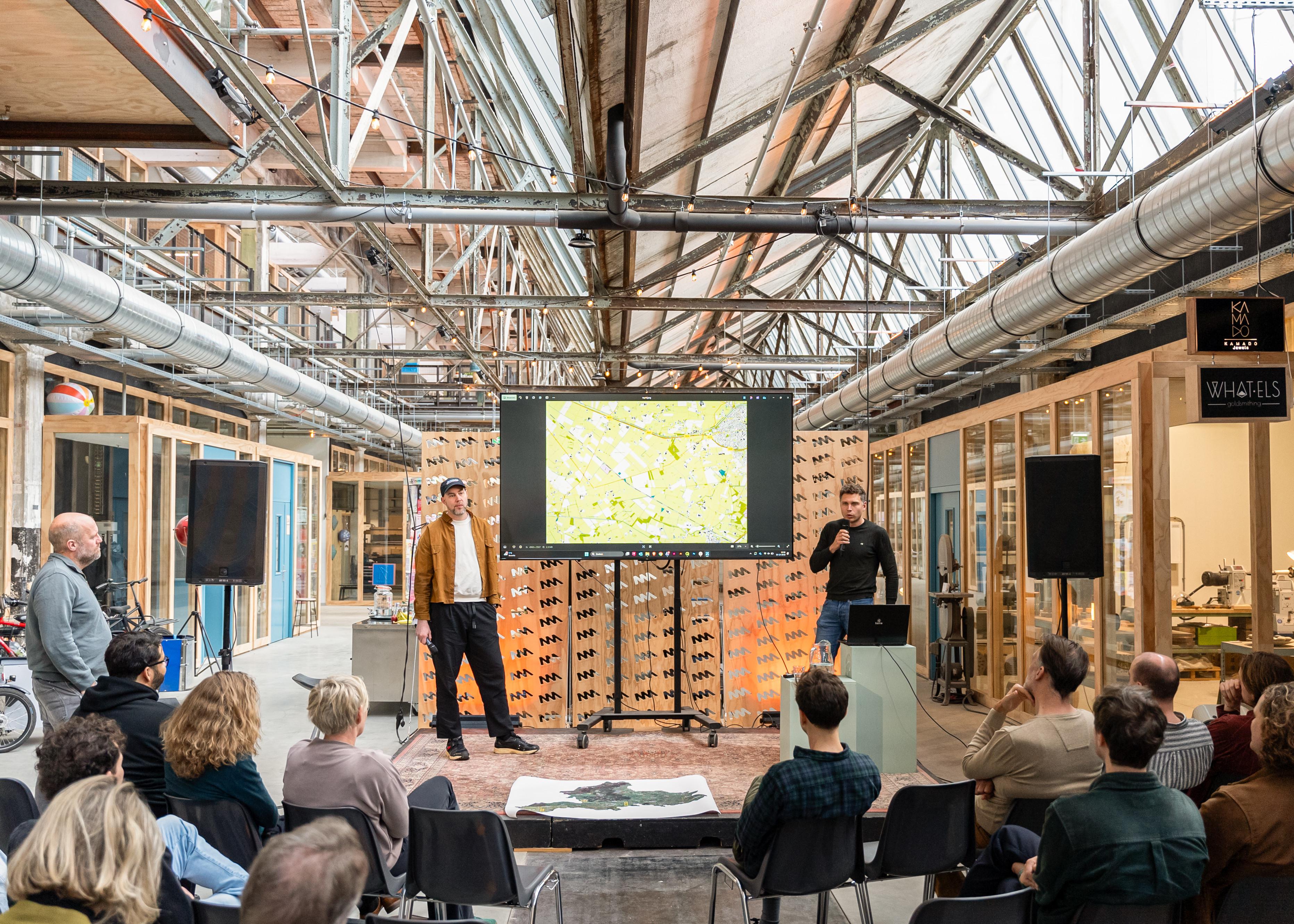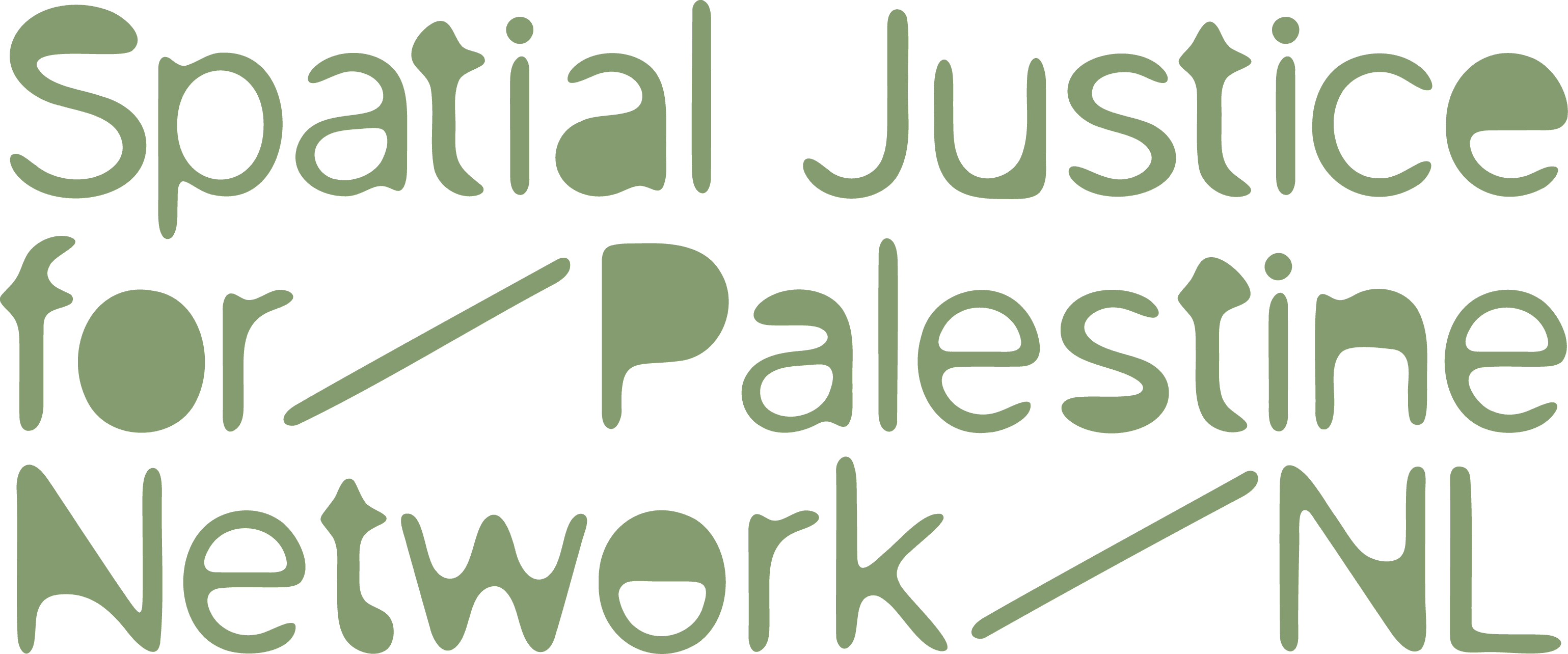As part of the Fables of the Reconstruction series, this symposium explores the deliberate destruction of cultural heritage in times of war — used as a means of domination and erasure.
The programme is organised in collaboration with the Independent School for the City, Spatial Justice for Palestine Network (SJ4PN-NL) and the Ukraine–Netherlands Urban Network (UNUN).
Cultural erasure
The destruction of cultural heritage during wartime is rarely accidental. Historic buildings, artworks and archives are often deliberately targeted, looted or destroyed — not only to demoralise, but to erase a people’s very existence from history. Cultural erasure conceals genocide and legitimises colonisation.
From the bombing of the Mariupol theatre to the looting of museums in Baghdad or the destruction of churches in Gaza — these acts go beyond the “collateral damage” of war. They are deliberate attempts by state powers to erase identity, memory and continuity. No genocide in history has taken place without the planned destruction of cultural heritage.
This pattern continues today: in Ukraine, where occupation is followed by systematic demolition of heritage; in Sudan, where libraries and museums are plundered; and in Palestine, where the destruction of architecture coincides with the displacement of people — reinforcing the false claim that “there is no such thing as a Palestinian people.”
Discussion
Protecting cultural heritage means protecting identity, memory, and the right to exist.
During this symposium, experts from the fields of defence, human rights, conservation, history and architecture will discuss three key challenges for the international community:
Acknowledgement – refusing to look away from acts of cultural erasure.
Protection – documenting, collecting and safeguarding threatened heritage.
Representation – offering platforms for affected communities to share their heritage and assert their right to exist.


